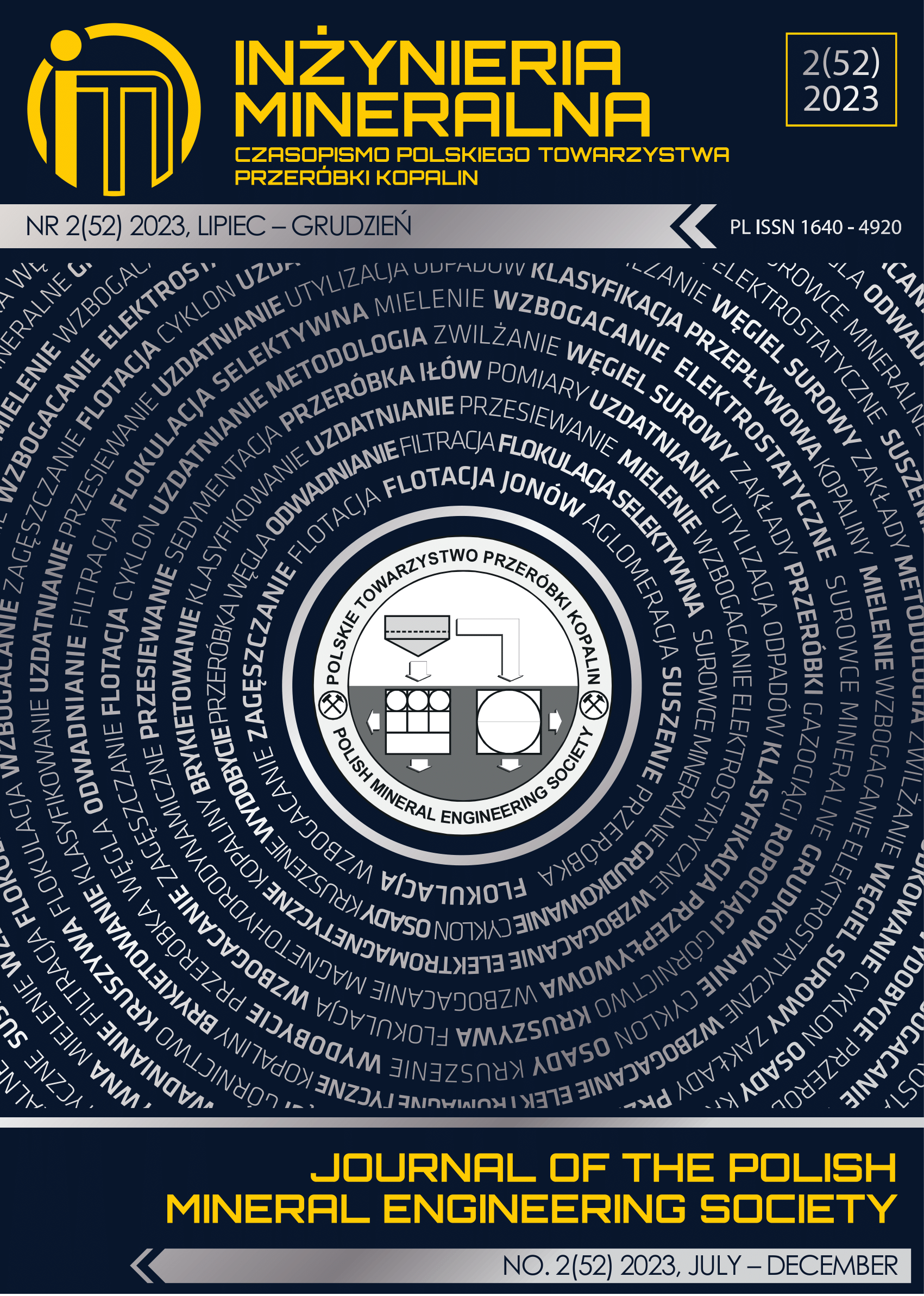Optimizing the Width and Compressive Strength of Artificial Protective Pillar in the Mining of Medium-Thick Coal Seams in Quang Ninh Using the Numerical Model
Abstract
Currently, in many countries with the coal mining industry, the technology of using artificial pillars has been successfully applied to replace
coal pillars to protect the entry gate road, thereby reducing the rate of resource loss, as well as the cost of entry gate road, and mining costs.
However, in order to optimize the required width and compressive strength of artificial pillars with thickness, slope angle and mining
depth, more detailed studies are required for each specific geological condition. This research uses Phase 2 numerical simulation software
to analyze the stability of artificial protective pillar of the roadway prepared in the mining of medium-thick coal seams in the Quang Ninh
coal region (Vietnam). The research results show that the relationship between the width of the artificial pillar and the slope angle follows
the rule of a linear function. The size of the artificial protection pillar increases according to the mining depth. When the mining depth is
350m, the size of the pillar changes from 1.0 ÷ 2.4m, and to 1.4 ÷ 2, 8m at a depth of 500m. When the slope angle increases, the required
pillar width also increases. That is due to the fact that at a large slope angle, the pressure acting on the pillar is not at the center, but
deflects to the side adjacent to the entry gate road that needs to be protected, the compression force is not distributed evenly. The required
compressive strength of the artificial pillar varies according to the condition of the slope angle, when the seam slopes 10°, the required
compressive strength is from 8 to 12 MPa, when the slope angle increases to 20°, the required compressive strength of the pier increases to
18 ÷ 28 Mpa, but when the slope angle increases to 35°, the required compressive strength of the pillar tends to decrease to 16 ÷ 17 MPa.
Thus, when operating in the corresponding conditions, it is necessary to choose the size and required compressive strength of the artificial
pillar to ensure the working capacity of the pillar.
Copyright (c) 2023 Manh Tung BUI,Van Cuong DINH

This work is licensed under a Creative Commons Attribution-ShareAlike 4.0 International License.
This journal permits and encourages authors to post items submitted to the journal on personal websites or institutional repositories both prior to and after publication, while providing bibliographic details that credit, if applicable, its publication in this journal.







.png)
